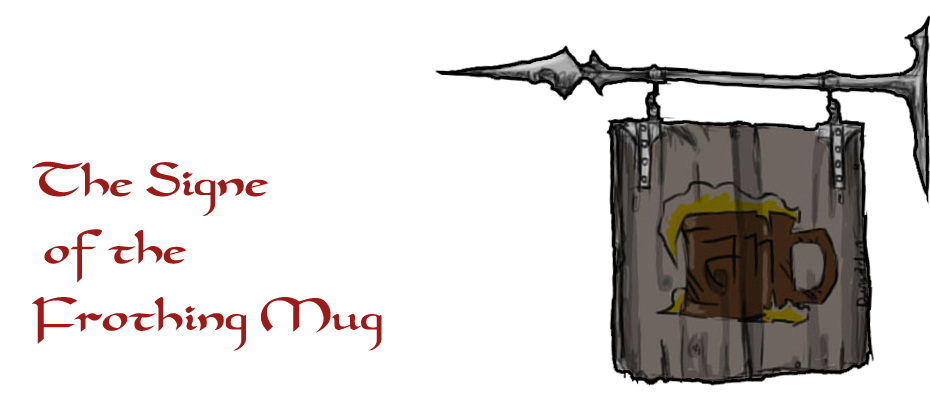I was at the Metropolitan Museum of Art over the weekend and I suddenly realized that I had before me an amazing amount of material culture that I could take photographs of for my artists... and for everyone else who was wondering what Arunia looks like!
 |
| Imperial Lamp designed to look like a foot |
We shall begin with lamps, particularly imperial ones. Oil lamps are in wide use throughout the north: essentially ubiquitous, the form of the lamp is generally a vessel (which can be filled at the neck) with a spout where the fire is lit. Oil lamps either rest on tables or hang from chains (as you can see here).
While the most common sorts of lamps are made from hard-fired clay or ceramic fritware, the imperials have been casting iron, bronze, and copper lamps since time out of mind and they are exceedingly common around the Inner Sea region.
The designs of lamps range from the simple and unadorned body to the extremely fanciful imperial lamps I have here. The more intricate the lamp, the more likely it was made for a high-class patron, particularly the nobility of the empire. However, one can never rule out export; lamps of the imperial kind have made their way to Hadash, Ishtria, and Khewed as well as the Trident Isles though those nations have never had a history of figural material goods. Indeed, the importation of imperial lamps into Hadash has begun an industry there to produce similar lamps (of varying styles) within that land.
 |
| Decorative lamp |
 |
| Imperial lamp designed to look like a griffon |
 |
| Noble cloak-pin |
Cloak-pins and broaches are a sign of wealth in the empire. Important officials, in addition to wearing gold-paneled belts and chains of office, generally ornament their garb with enamel and giltwork pins and broaches. This fashion has not caught on in most other lands, and remains steadfastly an Inner Sea tradition.
 |
| Broach of a minor official |
 |
| Elvish cloak-pin |
However, we can see both a silver elvish pin here to the right as well as a more traditional circular cloak-pin in use in the Eylic, Murathan, Aluran, and Dorlish lands.
Note that the elvish pin is covered with designs; part of their cosmographical urge to inscribe shapes on everything. The round pin is a simple style, and one that is exceedingly common. Even in the empire, those who cannot afford or do not wish to be burdened by the massive pins that bespeak personal wealth, these standard round pins are available.
 |
| Standard broach/pin |
Here we can see a common type of door and lock set. Most doors in Arunia, be they of mannish, dwarven, gnomish, halfling, or whatever make, require bands to keep them whole. This metal may be decorative, as seen to the left, or simple. The patterns on this door are less likely to be dwarven than anything else (note the curling shapes; dwarves prefer rounded shapes to be knotwork).
And some more common items found throughout the north: a set of keys, complicated enough to be either dwarven or gnomish work, a merchant's hook and scale, used to measure the weight of goods or gold, a pair of mannish daggers ("kidney" daggers, in great vogue amongst cutthroats) and two broad-bladed spreading knives for the spreading of butter: something that likely only a fairly wealthy person would waste money on, as your normal eating knife should do just as well.
And here we have settles, of two types. The first was removed from a Signe of the Frothing Mug and represents the type of high-backed, bucket-seat settle in use by Heimirans in their foundations.
The second settle, below, is simply a common trunk-type, with a latching storage unit below. This second type might be found in any home in Arunia, from the commonest halfling to the noblest lord.

And here we have an imperial aquamanilus in the shape of a lion. This is a water vessel, with the water emerging from the dragon clasped between the lion's jaws. This was most likely made during the Thyrnessan period in Miles, though many similar aquamanilae can be found throughout the Inner Sea region. Compare it to the aquamanilus below, which comes from Cymballar.
 |
| Cymballene aquamanilus in the shape of a mounted knight |
What follows are a number of elvish material goods, all taken from various elvish kingdoms throughout the north. However, they should bely a single style: cosmographia, the artistic desire to cover every surface in writing or design.
 |
| Elvish bookstand |
 |
| The same, from the front |
 |
| An elvish knife |
 |
| Elvish stucco pattern (faded) |
 |
| Elvish lamps with Noronian prayers painted along their circumference |
 |
| An elvish helmet |
 |
| Wooden wall panel |
 |
Elvish tapestry, depicting the Lamp of the Sun between the
pillars which support the sky. |
 |
| Inset of the Lamp |
 |
| Elvish captain's helmet |
 |
| Wall tiles, elvish |
Lastly, here is a dwarven locking mechanism found on the top of a coffer large enough to contain several people inside. Note the intricate detail of the mechanics, which are said to be a specialty of the dwarves.































No comments:
Post a Comment